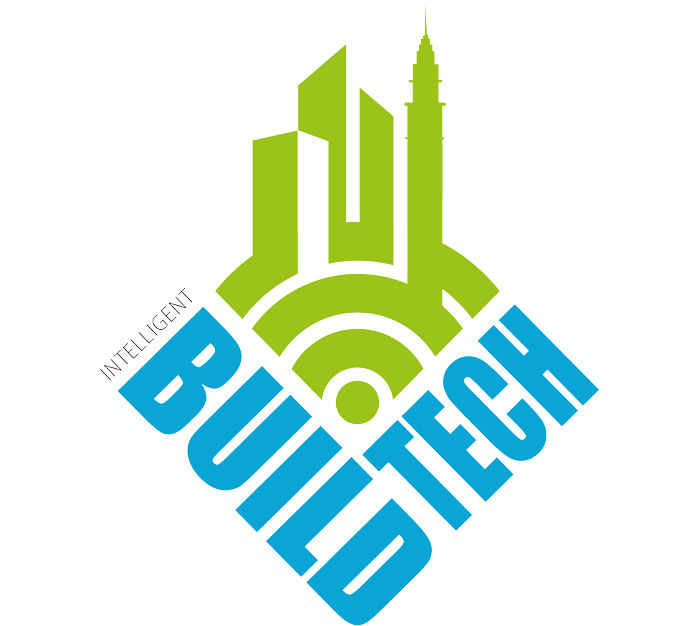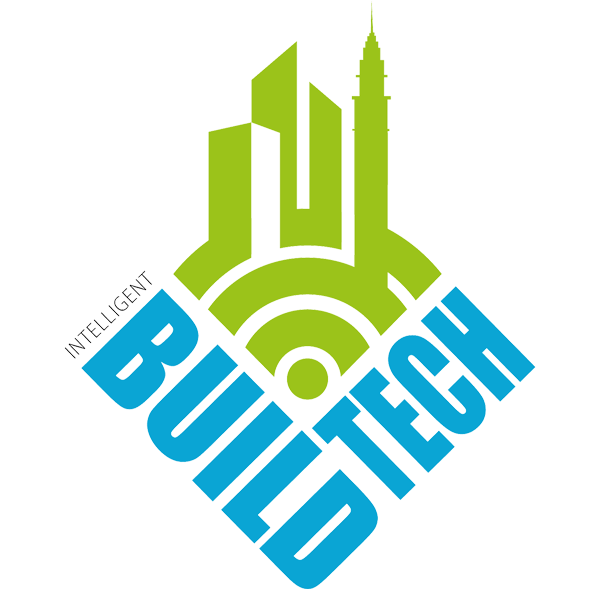A new Honeywell report reveals that 84% of commercial building leaders plan to increase AI use, yet 92% face challenges hiring skilled talent. As AI reshapes the built environment, managers aim to enhance efficiency, security and sustainability. Intelligent Build.tech speaks with Billal Hammoud, CEO of Honeywell’s Building Automation Segment, about how AI can bridge workforce gaps, drive smarter operations and prepare buildings for a data-driven future.
Honeywell’s AI in Buildings study reveals that 84% of commercial building managers plan to increase their use of AI in the next year. What do you think is driving this rapid adoption, and what challenges might they face in implementation?
We believe that the rise in AI adoption among commercial building managers is largely driven by the need for more autonomous operations to address skilled labour shortage, reduce costs and meet energy management and time-of-use targets. We have further seen predictive maintenance as also driving AI adoption in this sector, as it can help to empower managers with the tools needed to prevent equipment failures before they happen, which helps reduce maintenance costs and mitigate any operational downtime. Despite this increased demand, there are still some challenges on the road to adoption, including integration with legacy systems and securing internal buy-in.
With 92% of respondents citing difficulties in hiring skilled, tech-savvy professionals, how can AI help bridge this skills gap, and what role does upskilling play in the future of building management?
We believe that AI can help building managers upskill employees and bridge labour gaps by automating specialised but often routine tasks—such as system diagnostics, energy load balancing and asset condition tracking. It can help elevate and supplement an employee’s existing expertise, shorten the time it takes for employees to learn new skills, and expand their access to data and insights needed to perform their jobs more efficiently. AI can also enable greater collaboration, which can help amplify productivity and precision. Still, human oversight and expertise is essential. This is why training and education is of the utmost importance for managers and employees alike, so they are equipped with the knowledge and skills necessary to leverage AI to its fullest potential.
Security and safety remain key concerns, with AI being used for monitoring unusual behaviour, location tracking and biometric access control. How do you see AI evolving in these areas over the next five years?
Our study revealed security and occupant safety as top use cases for AI deployment in buildings today. We don’t expect that to change. In the next five years, we anticipate seeing even greater maturity of predictive models in this space, capable of identifying risks before they materialise—whether it’s through recognising behavioural anomalies, flagging unauthorised access attempts or preempting mechanical faults that could impact safety.
Biometric technologies will also likely become more sophisticated and privacy-compliant, combining facial recognition, motion analysis and environmental cues to offer layered access control.
Predictive maintenance is emerging as a major AI use case, with nearly half of the respondents leveraging it. How does Honeywell’s AI-driven maintenance approach help reduce costly downtime and extend the lifespan of building assets?
According to our survey, nearly 60% of respondents have already adopted AI to streamline maintenance and repair processes. One of the most common use cases is predictive maintenance, which helps identify issues before they become larger concerns.
Honeywell’s predictive maintenance solutions analyse usage trends to detect anomalies and help our customers forecast potential equipment failure before they escalate into operational disruptions. This not only helps minimise unplanned downtime but also helps reduce maintenance costs by shifting from reactive to condition-based service.
For example, our Honeywell Forge Performance+ for Buildings – Predictive Maintenance product uses cloud-based AI-powered analytics and dashboards to create an always-on asset health monitoring solution. Our goal is to enable building managers to operate within near optimal parameters, helping to extend their lifespan and, where warranted, assisting in reducing the environmental impact.
Sustainability is an increasing priority for building operations. How is AI being used to optimise energy efficiency and carbon footprint reduction, and what innovations can we expect in this space?
AI is proving instrumental in helping building operators meet sustainability goals. According to our study, more than half (55%) of respondents currently use AI for overall building energy management, 41% use it for water usage monitoring and 40% implement it for temperature comfort. For example, AI-powered solutions can automatically adapt to building systems based on occupancy and usage.
AI can also monitor assets to adjust heating, ventilation and air conditioning (HVAC) systems based on real-time occupancy for a single building or an entire campus, helping building managers to predict demand and integrate with renewable energy sources—thus enabling reduced energy use and emissions. Looking ahead, we anticipate innovations such as AI-enabled carbon accounting, demand-response optimisation and digital twins may offer even greater visibility and control over a building’s total energy use.




